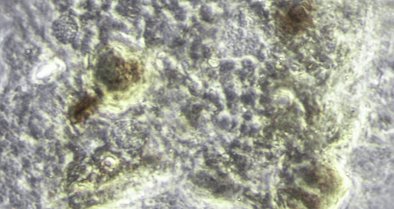Monitoring of the Biocenosis
The continuous monitoring of the biocenosis as a part of process analytics helps to avoid malfunctions.
Why is the wastewater biocenosis so important?
Without microorganisms, the smallest but most important helpers at wastewater treatment plants, biological wastewater treatment would not be possible. Wastewater treatment plants are huge microbiological power stations, where microorganisms are responsible for the conversion of chemical compounds and the degradation of pollutants. A disturbance at the plant is usually based on a disturbance of the microbial processes. Therefore, it is essential to know the plant’s biocenosis and in doing so, to remain in control of its processes.
Why is there no continuous monitoring of the biocenosis yet?
Conventional detection of microorganisms is still based on their cultivation and is not well suited for the analysis of complex samples such as wastewater. Studies demonstrate that up to 99.9% of all bacteria in wastewater cannot be cultivated. But even simple staining methods are not sufficient due to their lack of specificity and the morphovariability or gram variability of the bacteria. In order to obtain a realistic picture of the microbiological conditions in a wastewater treatment plant, it is necessary to analyze the bacteria directly in the sample and without any detours.

Wastewater Sample
Wastewater is complex. The biocenosis cannot be analyzed with conventional methods.

Cultivation
Cultivation is not suited for wastewater microbiology, since most bacteria cannot be cultivated.

Microscopy
A precise identification of the bacteria based on their morphology is not possible.
Monitoring of the biocenosis is possible!
With the help of our expertise and our analytical methods, a direct monitoring of wastewater microorganisms is possible! With VIT® gene probe technology, the following parameters can be systematically integrated into a plant’s process analytics:


